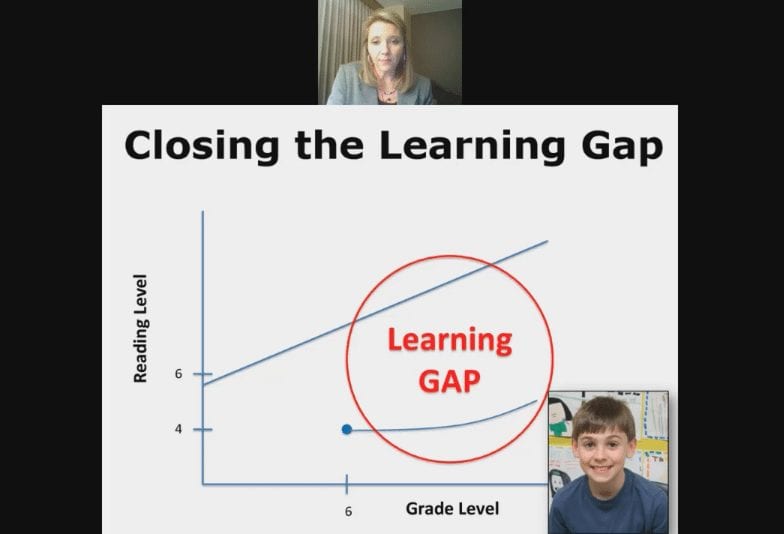How Early Intervention with Dyslexia Benefits Your Students and Your School
Early intervention: it’s a common mantra for any student with learning difficulties, including dyslexia. But as Terrie Noland, National Director of Educator Engagement for Learning Ally, pointed out in a recent edWebinar, those services are not consistently available to students across the United States. In “Dyslexia: Hidden Costs and Money-Saving Techniques for Districts,” Noland makes a case for front-loading the funding to shrink the learning gap at an earlier age and offers cost-effective solutions to help students engage in their education.
Schools need to develop a 3-5 year plan for students with dyslexia, advises Noland. This should include early identification and intervention services (think kindergarten), teacher training in multi-sensory language approach, and frequent progress reports and assessments to ensure that the services are working. Academically, an investment at the elementary age can keep students reading on level; emotionally, it gives them confidence and makes them feel included with their peer group. Fiscally, addressing students’ needs now could mean avoiding excessive special ed costs in the later years.
In addition, school leaders should investigate and invest in learning tools that specifically address the challenges of dyslexia. Just as teachers need specialized training to understand how to help students with dyslexia, the teachers also need specialized programs or assistive technology that supports the students’ learning styles. This does not necessarily mean the students aren’t studying the same material as their peers, but the tools can help reinforce the lessons. For students who did not receive early intervention, there are curricula designed to help get them up to grade level.
While schools are developing their plans, there are also low- and no-cost options they can implement right now. For example, allowing students to record lectures, letting them type answers, providing scratch paper, and reading test questions out loud can help students demonstrate their knowledge without unneeded stress.
Finally, administrators can look for ways to pool resources from different budget streams to assist students. Special education funds, for instance, may only cover part of the students’ needs, while the curriculum and instruction monies could provide for training and assistive technologies.
Without early intervention, Noland says the hidden costs will add up from increased counseling and special education services for older students to undereducated adults relying on social services because they can’t find full-time employment.
“Let’s invest upfront,” says Noland. “Let’s front-load our money, our dollars, our instruction [along] with getting early identification and supports…because we will save money in the long run.”
This broadcast was hosted by edWeb.net and sponsored by Learning Ally.
This article was modified and published by eSchool News.
About the Presenter
Terrie Noland, National Director, Educator Engagement, Learning Ally, has more than 24 years of experience as both a trainer and developer of content for educators and administrators. Her focus for the past five years has been on the pedagogical practices needed to create effective environments for struggling readers. Terrie has the opportunity to train groups numbering in the thousands helping to build better understanding of working with struggling readers. She is currently pursuing certification as an Academic Language Therapist.
Join the Community
Empowering Struggling Readers is a free professional learning community that provides educators, administrators, special educators, curriculum leaders, and librarians a place to collaborate on how to turn struggling readers into thriving students.





Comments are closed.